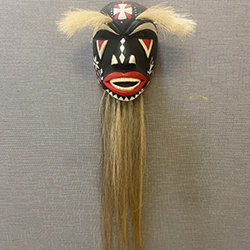Saturday, November 15, 2025 10:00 a.m. — 4:00 p.m.
For one day only, the Desert Museum will again host Indigenous Artists to display, demonstrate, and sell their work.
Artist Details
Geneva Acosta
Tohono O'odham
-
My yucca baskets come from traditional Tohono O'odham basket weavers. The baskets were used for cooking corn and wheat. Back when willow was grown on O'odham land it was used for carrying water and keeping dry food.
—Geneva Acosta
Maria Arvayo
Pascua Yaqui
 @arvayo_maria
@arvayo_maria-
I'm a painter working in multiple media including watercolor, oil, acrylic and encaustic. I also make some linoleum prints and mono prints. Most of my work focuses on the landscape of the Sonoran Desert region, the homeland of my family.
—Maria Arvayo


Tinnia Cowboy
Pascua Yaqui
- Paper Flower making
Richard Dawavendewa
Hopi
-
My work is inspired directly from the Hopi culture as I am a member of the Hopi Tribe, based in Northern Arizona, a high desert region. Our people have traveled and traded with numerous tribes in the Southwest region. We have become familiar with others' customs to the point that we have Kachinum (spirits) based upon other cultures. We also have Kachinum based on the numerous animals in our region, to help in promoting fertility and longevity amongst our 4-legged and flying neighbors. Our ceremonies involve prayers for all life, in the region and outside of our realm; prayers for rain and snow to provide moisture to the land.
—Richard Dawavendewa


Sikuyva Dawavendewa
Hopi
-
My work ties with the landscapes similar to the Sonoran Desert. My work has ties with the Hopi culture, which is a dry-land tribe located in the Northern region of Arizona, part of the Colorado Plateau.
—Sikuyva Dawavendewa


Vivian Enos
Tohono O'odham
-
I make miniature beaded basket earrings. I also make beaded necklaces, barrettes and keychains. My beaded basket earrings incorporate Tohono O'odham basket designs. I use colorful beads but also use cream and black which is the color of a lot of Tohono O'odham hand woven baskets.
—Vivian Enos
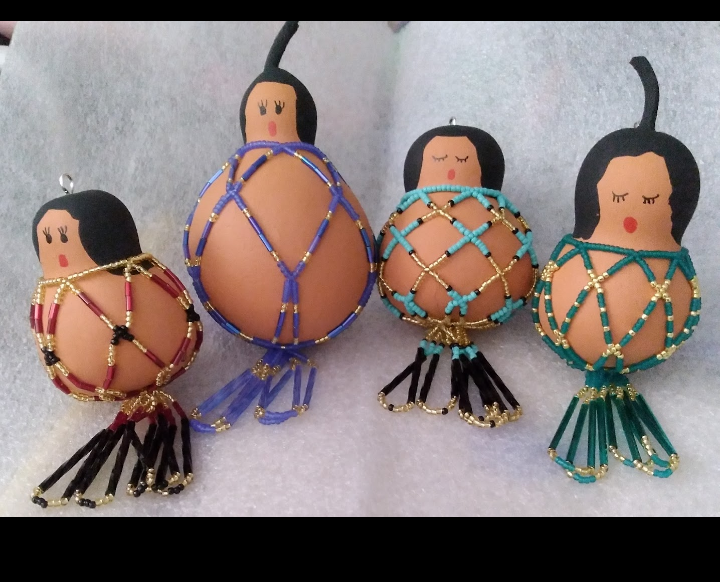

Cheryl Francisco
Tohono O'odham
- Cheryl Francisco crochets desert tortoises and cactus along with other items indigenous to southwest AZ. Valerie Francisco takes a modern influence on traditional beaded jewelry. Both Cheryl and Valerie Francisco are self-taught artists and have been practicing and honing their craft for decades.


Valerie Francisco
Tohono O'odham
-
My mom, Cheryl, crochets desert turtles and cactus. I do a more contemporary take on our traditional shell necklaces and earrings.
—Valerie Francisco


Derrick Gonzales
-
In my artwork I display how humans, animals, and plants, are connected. There are cultural items and words to showcase how we're stronger together.
—Derrick Gonzales
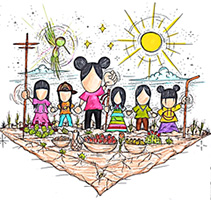
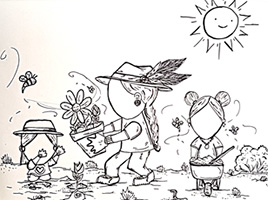
Eric and Charlotta Francis-Greenstone
Navajo
 @greenstone.collection
@greenstone.collection-
We represent the Navajo Nation and our work represents the interpretation of what we do in our pottery. I also represent my family with the silver and beaded jewelry. Our tradition reminds us that we cannot forget where we come from and the designs that we create remind us of the stories that were told by our elders. This is how we show our appreciation toward our elders.
—Eric Greenstone


Dianne Kee
Navajo
-
The work I do are southwest style jewelry combined with local tribe (Navajo) and been in the area for 25 years in Tucson. I've been in the business all my life helping my late mom and beadwork is more of what I have been doing.
—Dianne Kee

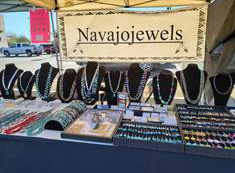
Valdeena Leeth
Navajo
- Contemporary Native American jewelry artist

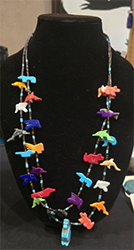
Homer Marks
Hopi and Tohono O'odham
-
I have been carving for 20+ years & I take great pride in the carvings I create. I use the inspiration from both my Hopi and Tohono O'odham background, my carvings represent the strong ties between both my cultures. I carve Hopi Kachinas, this is a skill that I learned by watching my relatives who are also Hopi carvers. Kachina dolls are traditionally carved using the root of cottonwood trees. I also carve Tohono O'odham Traditional dancers, both men and women.
—Homer Marks on Tucson Meet Yourself website
Tiffany Marks
Hopi and Tohono O'odham
My work mainly consists of modern-day items. Most of my work is sublimated, by myself, onto tumblers, earrings and wallets. My work uses designs coming from my cultural upbringing of Hopi and Tohono O'odham. It is also a small way of sharing the O'odham language as I do shirts with animals, numbers and colors. It looks fun and is encouraging for the adults to want a shirt as well to share the knowledge of our O'odham language.
—Tiffany Marks
Elena Mendez
Tohono O'odham
-
I weave miniature horsehair baskets and jewelry. I inherited this great gift from my mother Donna M. Mendez. I have also taught my two daughters how to weave. We are proud of our one of a kind creations. My Tohono O'odham tribe is known for weaving horsehair baskets and yucca baskets. You can find our work in museums and trading posts throughout Tucson and at the Crazy Horse Museum.
—Elena Mendez


Pearl Mendez
Tohono O'odham
-
I’m a Tohono O'odham artist that creates miniature horsehair baskets and jewelry to keep my culture alive. I was taught by my grandmother and mother at a young age and still weave till this day. Not many people in my tribe weave horsehair baskets so I’m grateful to have learned this amazing skill.
—Pearl Mendez
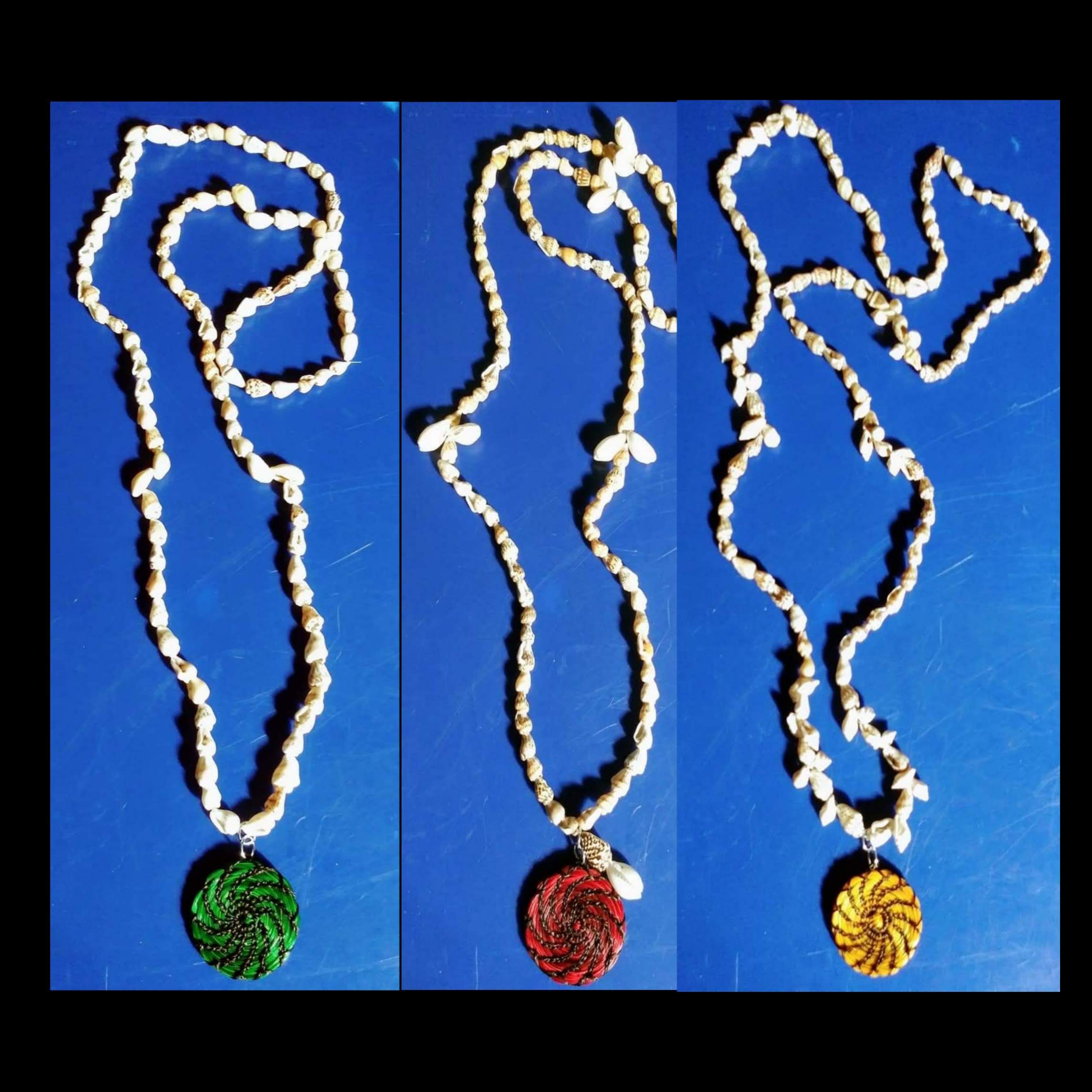
Shirley Molina
Tohono O'odham
-
I am a fifth-generation basket weaver, handed down from my late mother, grandmother, great-grandmother and so on. Every weaver has a specialty to their weaving and my area is the ability to design stars in a variety of ways, creating anywhere from a 3-point to a 10-point star design. Shells are also a big part of our culture, and I incorporate various size shells to create jewelry. I am a member of the Tohono O'odham Nation, Tohono which translates to desert, and the Sonoran Desert area expands east and west, north and south. Our survival was based on the plants and animals in the surrounding area of the Sonoran Desert. We have learned how to utilize plants to create baskets that were used to store our foods and carry items. Baskets have been a big part of our cultural heritage, as it is passed on, it has been easy to create modern day uses of baskets as decor or heirlooms.
—Shirley Molina
Thomasa E. Rivas
Tohono O'odham
-
I make ribbon skirts for native occasions and leisure wear. I also have beadwork , earrings, necklaces, and leather items (pouches). And also herbs and more . I make all my items I sell on my tables. I make most of my wear and jewelry as part of our cultural wear. My skirts are worn on occasions for native gatherings as well as ceremonies and social gatherings.
—Thomasa E. Rivas
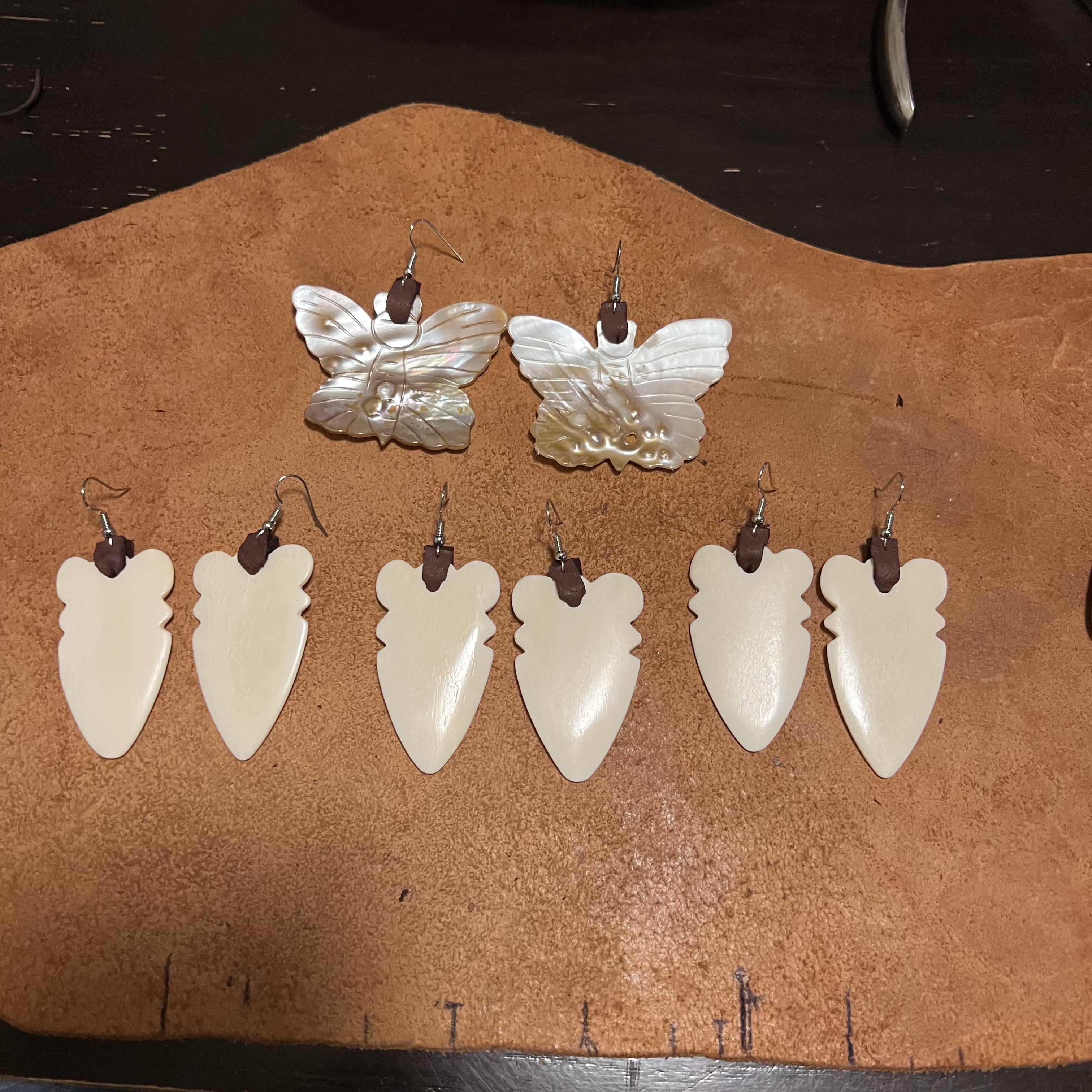
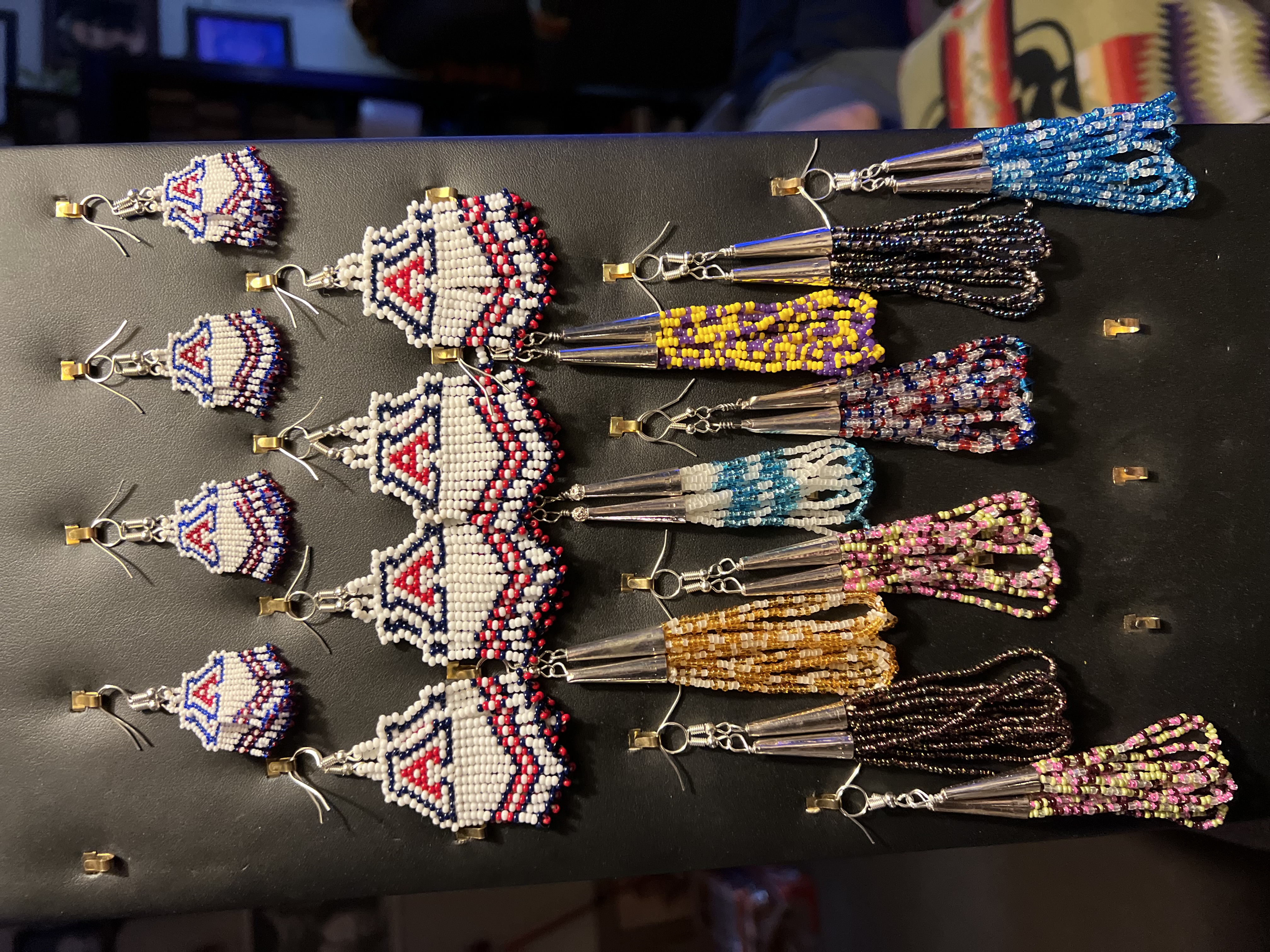
Joanna Robles
Tohono O'odham
-
I do painting, wood burning on wood and gourds, beading, and etching to create beautiful jewelry, drawings, paintings etc. I'm full Tohono O'odham and love living in Santa Rosa village in Sells, Arizona to be exact. The history and beauty of all things in the desert is beautiful. My family goes on walks and hikes out here so loving art and connecting makes all things around amazing and beautiful, so I incorporate that in my artwork.
—Joanna Robles


Michelle J. Silver
Navajo
-
I'm a Navajo fashion designer, creating traditional outfits. Pendleton scarves are my popular item for over 12 years now. I thrive on creating vintage-looking pieces of wearable art true to my Navajo culture. I started Navajo weaving when I was 15. I appreciate working with textiles.
—Michelle J. Silver
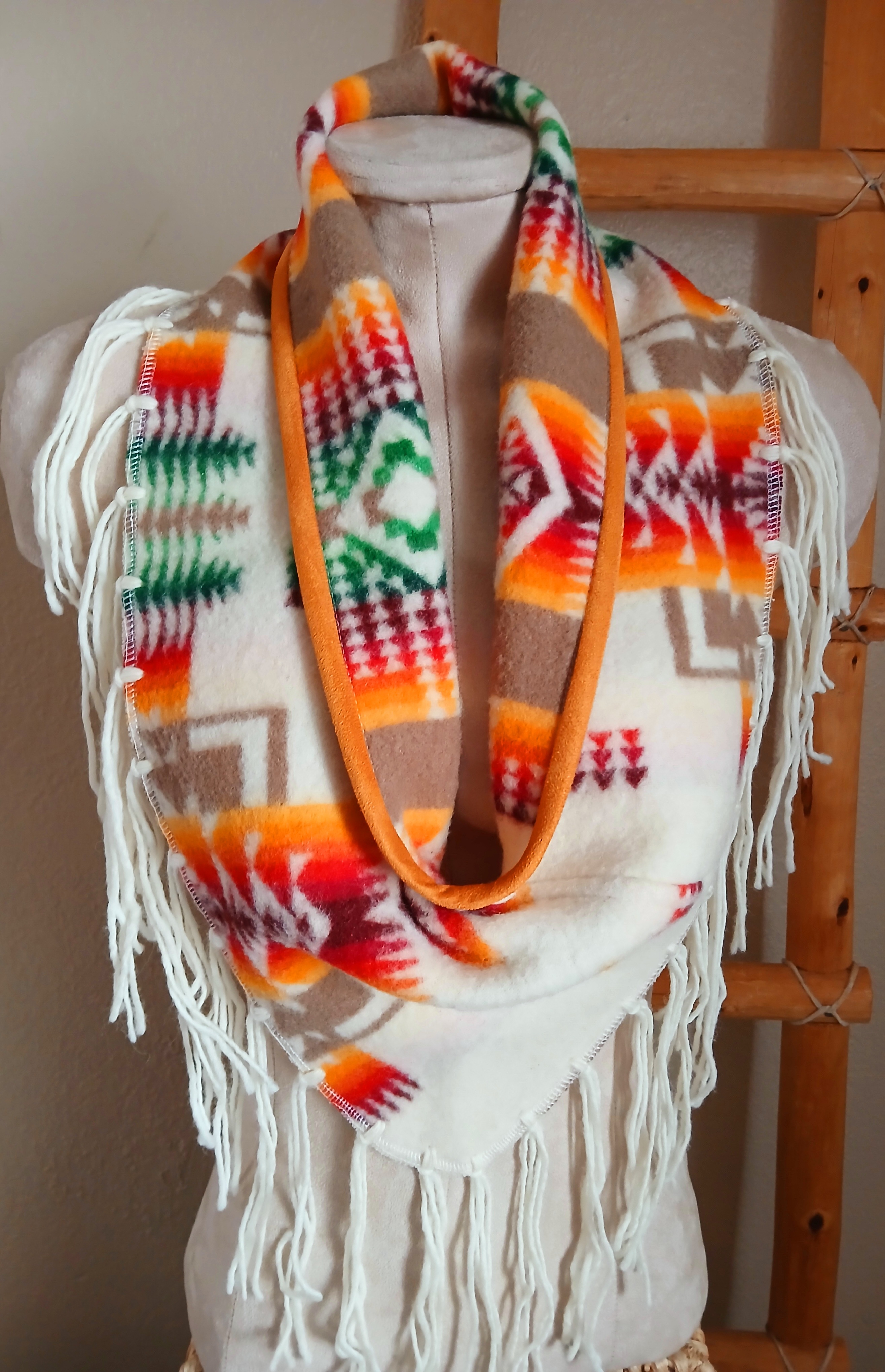

Dayanara Sixkiller
Tohono O'odham
-
As a self-taught artist from Arizona, I use paint and textiles as a form of expression and healing. My work is deeply influenced by my Indigenous heritage and the desert landscape I've called home all my life. I'm Tohono O'odham, and much of what I create is inspired by tradition — especially the deep respect and appreciation we hold for the earth. Growing up, sewing was a skill my grandma often encouraged. Over time, it grew into a deep passion for beadwork — something deeply rooted in my Tohono O'odham heritage.
—Dayanara Sixkiller
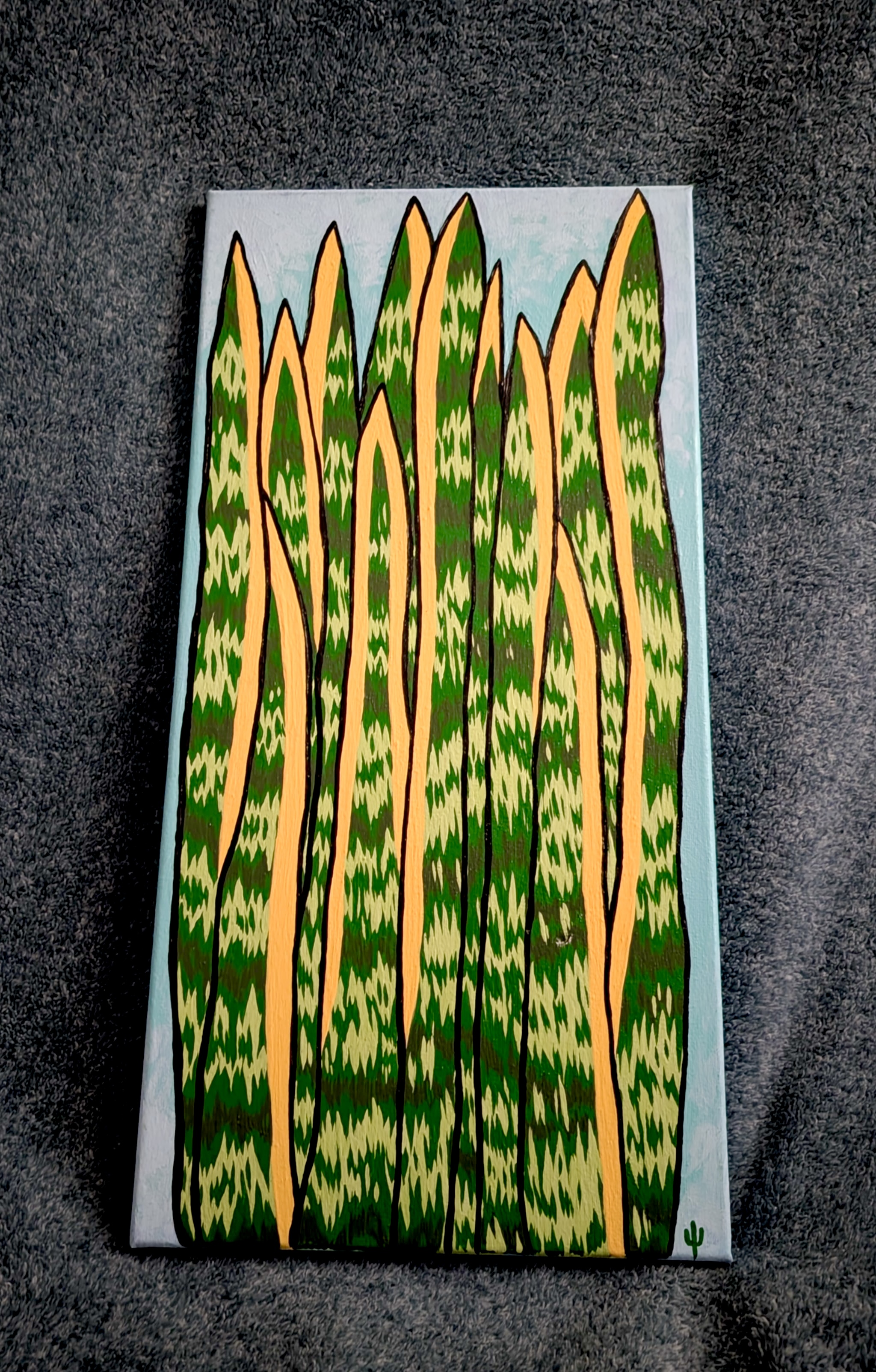
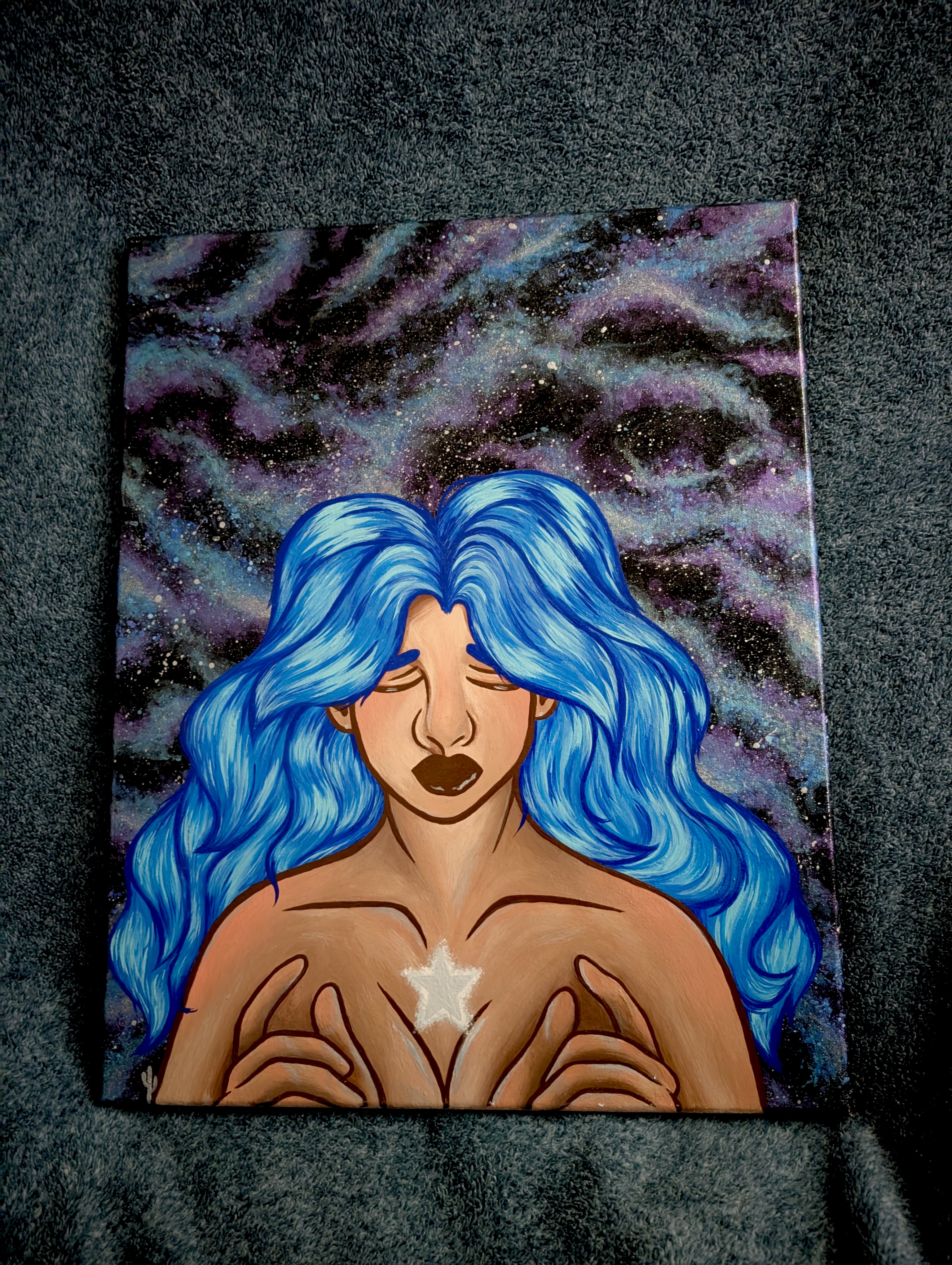
Lola Mae Thomas
Tohono O'odham
-
I am a basket weaver from the Tohono O'odham Nation. I live in the village of Chuichu and have been weaving baskets since the age of 13. I was taught by my maternal grandmother, Josephine Thomas. Thank you!
—Lola Mae Thomas on Tucson Meet Yourself website
Louis Valenzuela
Pascua Yaqui
- Louis David Valenzuela is one of the last traditional Yoeme cottonwood mask makers in Southern Arizona. From trees that have died, he harvests cottonwood and receives messages from it to guide his creations. He learned the form from traditional Pascola maskmakers from New and Old Pascua in Tucson. His masks represent significant cultural animals, such as Monkey, Goat, and Rooster. He also creates masks for the sacred Deer Dance, performed annually during the Pascua Yaqui lent ceremony. Valenzuela has taught and exhibited his work throughout the state. He is the recipient of a 2018 Master-Apprentice Artist Award from the Southwest Folklife Alliance. —Tucson Meet Yourself website
